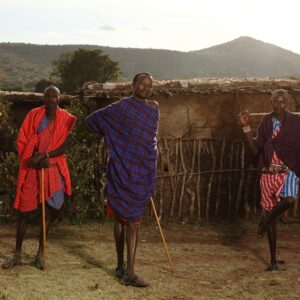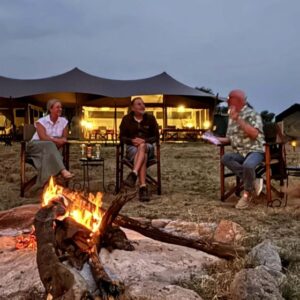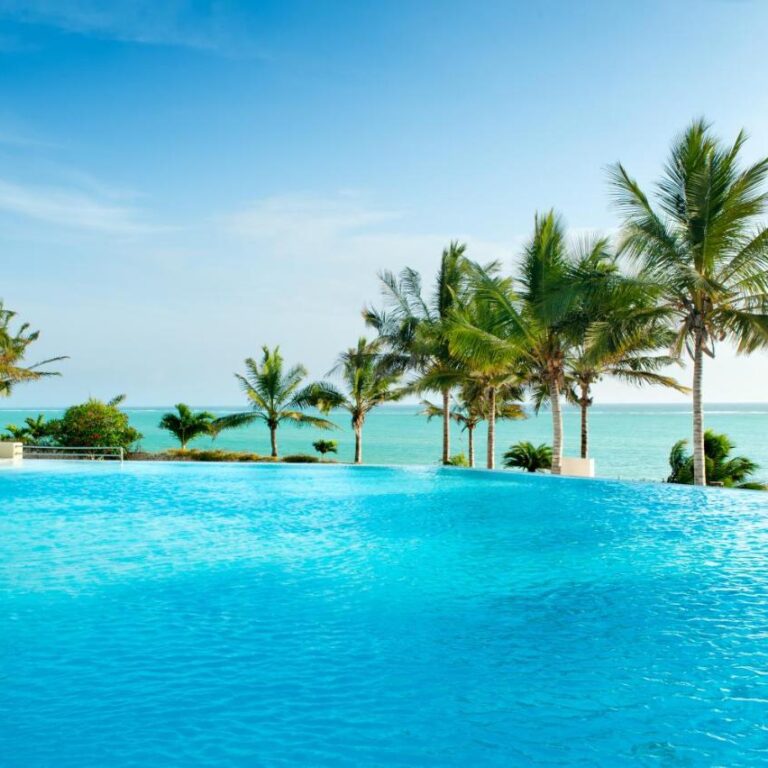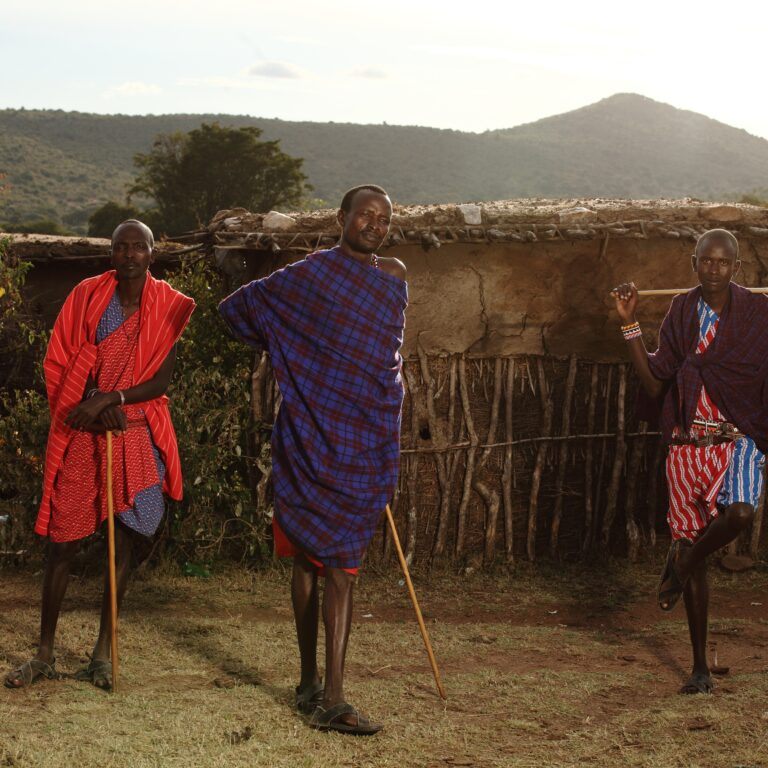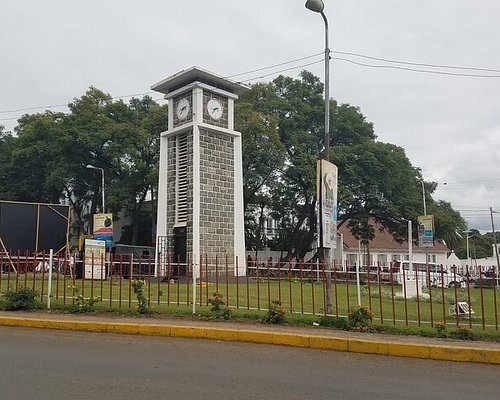The Great Wildebeest Migration, Africa’s most iconic wildlife spectacle, is a journey of epic proportions, drawing millions of wildebeest, zebras, and gazelles across the vast plains of the Serengeti and Maasai Mara. Witnessing this raw display of nature’s power and perseverance is a dream for many, a truly transformative experience. But before you embark on this adventure of a lifetime, a crucial question arises: What do you pack for a Great Migration safari?
For a Great Migration safari, pack lightweight, neutral-colored clothing, sturdy walking shoes, and essential gear for sun protection, insect repellent, and camera needs. Consider packing layers for temperature changes, a light rain jacket, and binoculars to spot wildlife. Packing smart for such a trip is not merely about convenience; it’s about ensuring your comfort, maximizing your enjoyment, and being fully prepared for the varied conditions of the African bush. From the dusty tracks to the intense sun, the chilly mornings to the humid afternoons, and the unpredictable movements of wildlife, your packing choices will directly impact your experience. This comprehensive guide will help you assemble the perfect kit, ensuring you’re ready for every moment of this incredible journey.
The Golden Rules of Safari Packing
Before diving into specific items, let’s establish some fundamental principles for packing for a Great Migration safari:
Layers are Your Best Friend: African safari weather can be highly variable within a single day. Early mornings on game drives are often very cold, but by midday, temperatures can soar. Evenings cool down again. Dressing in layers allows you to adapt quickly and comfortably.
Neutral Colors Only: Opt for khaki, olive green, grey, tan, and brown clothing. These colors blend with the natural environment, making you less conspicuous to wildlife (especially important if you’re on a walking safari, though less critical inside a vehicle). Avoid bright colors, white (which gets dirty quickly and stands out), and camouflage patterns (which can be associated with military attire and are often restricted or frowned upon). Blue and black are also often advised against in certain areas, as they are believed to attract tsetse flies.
Soft-Sided Luggage is Essential: If your safari involves light aircraft transfers between parks (which is common for accessing remote migration camps), strict luggage weight and size restrictions apply. Hard-sided suitcases are often not allowed. Pack in a soft-sided duffel bag that can be easily squeezed into small cargo compartments. Limits typically range from 15-20 kg (33-44 lbs) per person, including carry-on.
Less is More (Laundry is Available): Most safari lodges and camps offer laundry services (often for a small fee, or included in luxury camps). This means you don’t need to pack an outfit for every day. Aim for 3-4 sets of practical safari clothes and utilize laundry services.
Protect Against Sun, Dust, and Insects: These are omnipresent elements of the African bush. Your packing list should reflect the need for protection against all three.
Clothing Essentials: Comfort from Dawn to Dusk
Your daily safari attire needs to be comfortable, breathable, and adaptable.
Safari Shirts (3-5 short-sleeved, 2-3 long-sleeved):
Short-sleeved: For warmer daytime wear. Look for quick-drying, moisture-wicking fabrics.
Long-sleeved: Crucial for sun protection (even on cloudy days, the equatorial sun is strong), mosquito and insect bite prevention, and warmth during cooler mornings and evenings. Choose breathable cotton or synthetic blends. Button-down styles allow for easy ventilation.
Safari Trousers/Pants (2-3 pairs):
Lightweight, quick-drying, and durable. Zip-off convertible pants (that turn into shorts) are highly practical. They protect your legs from sun, scratches, and insect bites.
Avoid jeans for game drives as they are heavy, slow to dry, and can be uncomfortable in heat.
Shorts (1-2 pairs): For relaxing at camp during the day or if you’re comfortable wearing them during warmer afternoon game drives (though long pants offer better protection).
Warm Layers (1-2):
Fleece Jacket or Warm Sweater: Essential for early morning game drives when temperatures can be surprisingly chilly, even in warmer months.
Lightweight Puffy Jacket. A packable down or synthetic insulated jacket provides excellent warmth for its weight and can be layered over your fleece.
Outerwear (1):
Lightweight Waterproof/Windproof Jacket: Even during dry seasons, unexpected showers can occur, and it provides an excellent windbreak on open safari vehicles.
Nightwear/Loungewear (1-2 sets): Comfortable and modest clothing for evenings at the lodge/camp.
Swimsuit (1): Many lodges and camps have pools, perfect for a refreshing dip after a dusty game drive.
Footwear: Supportive and Practical
Most of your time on safari will be spent in a vehicle, but comfortable and practical footwear still important for walking around camp, short bush walks (if permitted), and transfers.
Comfortable Closed-Toe Shoes (1 pair): Sneakers, walking shoes, or light hiking boots are ideal. Ensure they’re broken in before your trip. Choose a pair with a good grip for potentially uneven terrain.
Sandals/Flip-Flops (1 pair): For relaxing at camp, by the pool, or in your room.
Socks (3-5 pairs): Moisture-wicking socks for game drives and comfortable cotton socks for evenings.
Health & Safety: Prioritizing Well-being
Your health is paramount. Be prepared for common travel ailments and the unique conditions of the bush.
Personal Medications: Bring an ample supply of any prescription medications you require, clearly labeled and kept in your carry-on luggage.
Basic First-Aid Kit: Include band-aids, antiseptic wipes, pain relievers (e.g., ibuprofen), anti-diarrhea medication (e.g., Imodium), antihistamines (for allergies or insect bites), rehydration salts, and any personal allergy medications (e.g., EpiPen if prescribed).
Malaria Prophylaxis: Consult your doctor well in advance about recommended malaria medication for your specific itinerary and time of year. Malaria risk varies but is present in most safari areas.
Insect Repellent (with DEET): Crucial for preventing mosquito and tsetse fly bites. Apply at dawn and dusk, and consider treating some clothing with permethrin.
Sun Protection:
High SPF Sunscreen (SPF 30+): Apply liberally and frequently.
Wide-brimmed Hat: To protect your face, neck, and ears from the intense equatorial sun.
Sunglasses: Essential for glare and protecting your eyes from dust.
SPF Lip Balm: To prevent chapped lips.
Hand Sanitizer & Wet Wipes: For hygiene, especially when away from facilities.
Photography & Electronics: Capturing Every Moment
The Great Migration is a photographer’s dream. Investing in the right gear and protecting it is key.
Camera Body(s): A DSLR or mirrorless camera highly recommended for quality. If you have two bodies, great for different lenses.
Telephoto Zoom Lens (Essential): This is your workhorse. A 100-400mm, 150-600mm, or a prime 300mm/400mm will allow you to get incredible shots of distant wildlife.
Mid-Range Zoom Lens (Optional but Recommended): A 24-70mm or 24-105mm is great for landscapes, camp photos, and showing animals in their environment.
Extra Batteries: Pack at least 2-3 spare camera batteries and chargers. Cold mornings and continuous shooting drain batteries quickly.
Plenty of Memory Cards: You will take thousands of photos. Bring multiple high-capacity (e.g., 64GB, 128GB) and high-speed memory cards.
Binoculars (Essential): A good pair (8x or 10x magnification) is invaluable for spotting distant wildlife and enhancing your viewing experience even without a camera. Your guide will have one, but having your own is a game-changer.
Dust Protection for Camera:
Blower Brush & Microfiber Cloths: For daily cleaning of lenses and camera body.
Zip-lock Bags or Dry Bag: To protect your camera and lenses from dust in the vehicle.
Lens Hoods: Always use them to protect the front element from dust and reduce flare.
Power Bank/Portable Charger: For charging phones or smaller devices on the go.
Travel Adapter: Tanzania typically uses Type G (UK standard three-pin) plugs. Check for Type D as well.
Headlamp/Flashlight: Useful for navigating around camp after dark.
Documents & Money: The Essentials
Don’t let vital paperwork ruin your trip.
Passport & Visa: Ensure your passport is valid for at least 6 months beyond your intended departure date and has sufficient blank pages must-have Items to take for Wildebeest Migration Safari. Obtain your visa in advance or understand the on-arrival process.
Travel Insurance: Comprehensive travel insurance that covers medical emergencies, trip interruption/cancellation, and safari activities is non-negotiable.
Flight Tickets & Itinerary: Printed and digital copies.
Vaccination Records: Especially a Yellow Fever certificate if required for entry or transit.
Copies of Important Documents: Keep digital copies on your phone/cloud and a physical copy separate from the originals.
Money: U.S. Dollars (crisp, post-2006 bills), widely accepted for tips and some purchases. Local currency (Tanzanian Shillings) for smaller items. Inform your bank of your travel plans.
Personal Items & Miscellaneous: Enhancing Your Comfort
Toiletries: Pack travel-sized toiletries. Many camps provide eco-friendly options.
Small Daypack/Backpack: For daily game drives, carrying water, camera, and extra layers.
Water Bottle: A reusable one is eco-friendly and essential for hydration.
Lip Balm: Crucial in dry, dusty conditions.
Basic Entertainment: A book, Kindle, or downloaded music/podcasts for downtime.
Journal and Pen: To record your incredible safari experiences.
Small Gifts/Donations (Optional): If you plan to visit local communities, small, useful items like school supplies often appreciated (ask your operator for ethical guidance).
Great Migration Specific Considerations
While the core packing list remains consistent, consider the timing of your Great Migration safari:
Calving Season (Southern Serengeti/Ndutu – Dec-Mar): Warmer daytime temperatures, but still chilly mornings. Higher chance of rain, so good waterproofs and insect repellent are crucial. The green landscape makes for stunning photos.
River Crossings (Western Corridor/Mara River – May-Oct): These are typically dry season months. Expect colder early mornings, hot and dusty days. The Mara River crossing period (Aug-Oct) is often very dusty, so camera protection is paramount. Layers are critical.
Conclusion: Your Unforgettable Adventure Awaits
Packing for a Great Migration safari is an art form, balancing practicality with comfort and preparedness. By adhering to the principles of layers, neutral colors, and soft-sided luggage, and by prioritizing protection against the sun, dust, and insects, you’ll be well-equipped for every facet of this extraordinary journey. With your bag packed wisely, you can fully immerse yourself in the thundering drama, breathtaking beauty, and profound moments of the Great Migration, creating memories that will last a lifetime.


